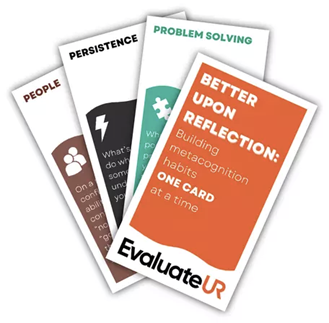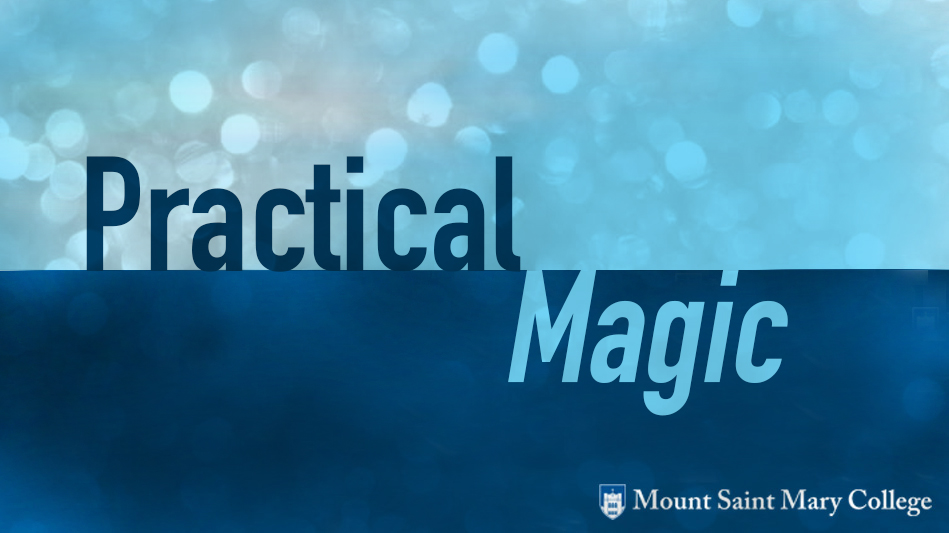| by Michael Young, Robert Morris University |
Downloadable |
Motivation and Background:
A fundamental hurdle for most inexperienced writers is gaining a sense of their audience, and how a different consciousness may interpret the words, the organization, and the presentation that they (the writers) use to share ideas. It is different than knowing rules, techniques, or traditions of writing. It requires more than knowledge of the topic about which they are writing. Writers must be aware of their own individual thinking, their own choices, their motivations, and how these could be interpreted or misinterpreted by other people’s ways of thinking. This need for awareness of their own thoughts that could then support their writing efforts, i.e. metacognitive writing, led me to develop a new pedagogical process for the writing classroom that uses active presentations by others to convey audience interpretation.
I used this process for three years in creative writing courses, partially because students were already pursuing genres that often are interpreted orally, but believe it could be applicable to any writing course, especially with the following course characteristics: 1) upper division/at least sophomore level so the students are already somewhat experienced collegiate writers and 2) class size is small, ideally 20 or fewer students. No special materials, other than imagination and the means to convey ideas, are needed for the in-class exercises.
Nuts and Bolts:
This pedagogical process has several steps. To first prepare the students and get them thinking about how an audience might interpret their work, the students are given an initial survey on their then-current process of writing and concept of their potential audience. Consistently, three out of five agreed that they had a “mental picture” of their reader, but it was often no further developed than their college peers or even themselves. Most could not describe their readers any further and some said they had not considered a concept of a readership. Perhaps, for them, they had written only and ever with the teacher, and so a grade, in mind.
The second step involves having canonical examples of their genre, fiction or poetry, interpreted by others. During this step those others give a presentation / reading of the work in a manner that conveys their interpretation of the writing. Those others can be classmates or a more external audience. For example, the first two years I used this process, the others were members of the Forensics Team from the University of Nebraska-Lincoln, then led by Professor Ann Burnett.
A third step, which has evolved over the years, was to have others present the students’ own writing back to them. This third step was implemented as a cycle. The students wrote their piece (either individually or as a group) and then gave it to others (classmates or external individuals) for interpretation with no additional input from the writers. The presenters would convey their interpretation, which then could be used by the writers to guide their revisions based on a better understanding of possible audience interpretation. If revisions were made, then the cycle of interpretation could be repeated.
Outcomes:
When this was done at the University of Nebraska-Lincoln, in a project funded by a grant from the university’s Teaching Council, 80% of the collaborative groups elected to revise their texts after hearing them interpreted. They noted the experience of hearing their stories being told by someone else, someone who was sharing their own understandings and insights into the words, heightened an awareness of qualities like the “flow and rhythm” of words or of “trying to make a picture in my head”, and an overall greater attention to what their drafts were able to communicate. For example, the potential hollowness of easy clichés might not have occurred to the writers or a lack of descriptions they had had in mind but which were not articulated were now more evident. Further, the majority of the class reported being much more aware of their own thinking (an aspect of metacognition) and the thinking of others.
By hearing, and sometimes seeing by the use of movements, how another person re-created the writer’s intentions, each writer had the opportunity to perceive how their audience understood what had been written down – in a way, to hear their own thinking – and to questions themselves. Is that what they had wanted someone else to feel, to think or had their expression fallen short of their conception? In other words, the process allowed them to “hear it (their work) with a ‘new ear’” and some of them realized they “should have found another way to get that (sic) message across.” That “new ear”, hopefully, was them more carefully listening to and questioning their own thoughts, i.e. being metacognitive about their own writing.



